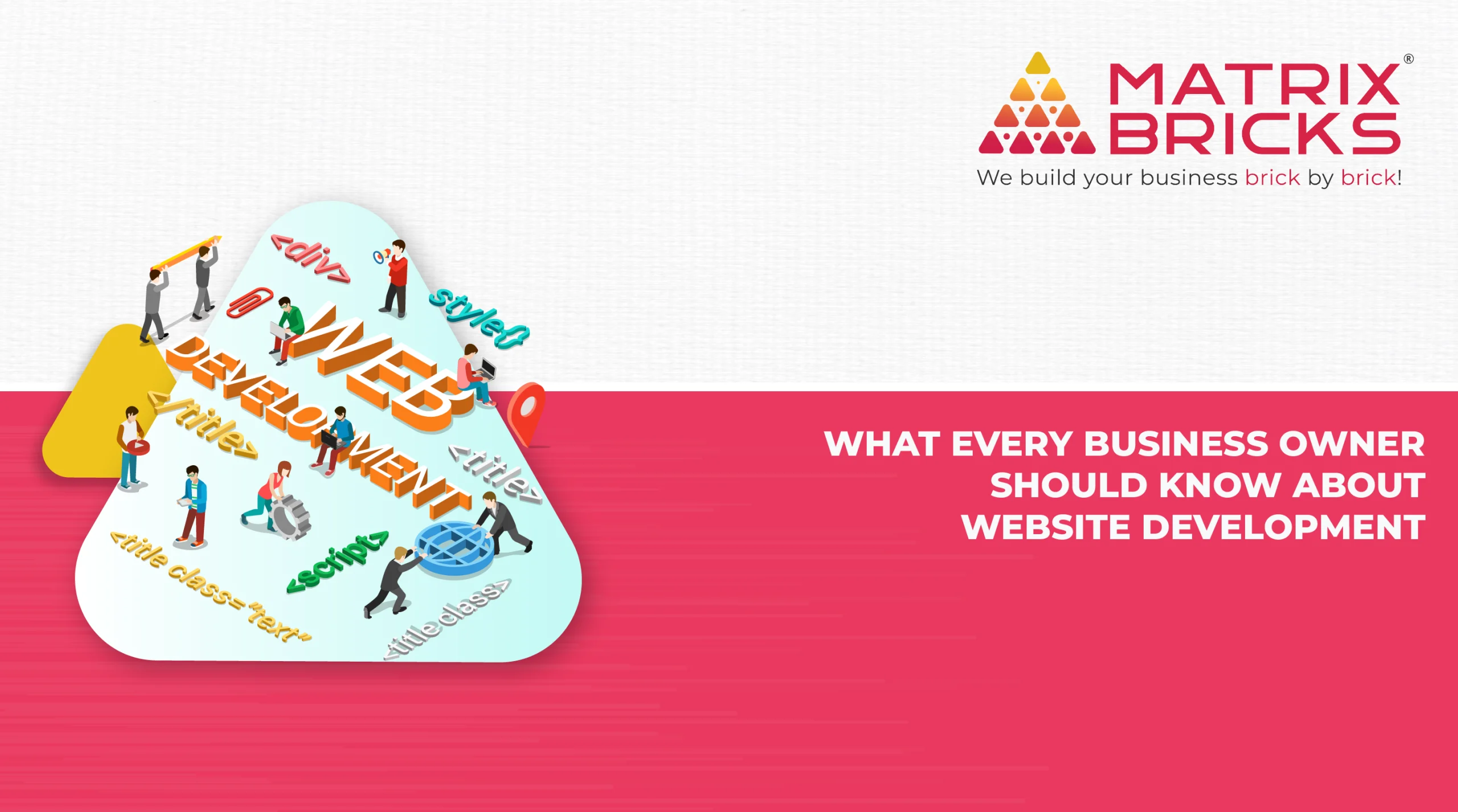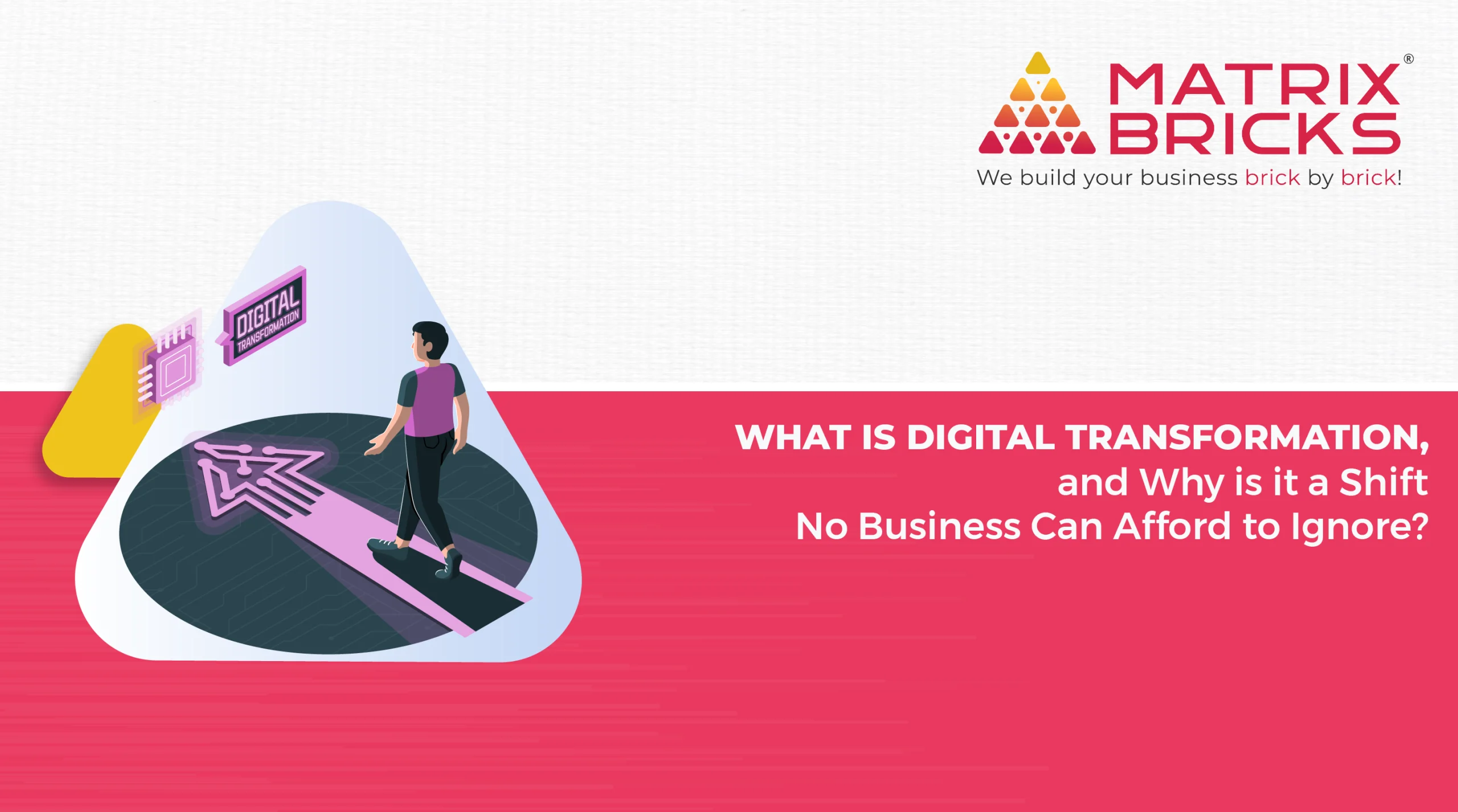
In today’s digital age, setting up an online store has become a popular choice for entrepreneurs and businesses of all sizes. Whether you’re a small local shop looking to expand your customer base or an ambitious e-commerce startup, WooCommerce is a powerful and versatile platform that can help you build and manage your online store successfully. In this comprehensive guide, we’ll walk you through the essential steps of setting up your WooCommerce store for success.
Why Choose WooCommerce?
Before we dive into the nitty-gritty of setting up your WooCommerce store, let’s briefly discuss why WooCommerce is an excellent choice for e-commerce. WooCommerce is a free, open-source plugin for WordPress, the world’s most popular content management system. This powerful combination allows you to create a fully customizable and feature-rich online store without the need for extensive technical expertise.
Here are some compelling reasons to choose WooCommerce:
Flexibility: WooCommerce offers an extensive range of plugins and themes, allowing you to tailor your store to your specific needs. Whether you’re selling physical products, digital downloads, or services, WooCommerce can accommodate your business model.
Scalability: Whether you’re just starting or aiming for substantial growth, WooCommerce can scale with your business. You can add new products, expand your catalog, and even integrate with other platforms seamlessly.
Cost-Efficiency: WooCommerce itself is free to use, which is a significant advantage for startups and small businesses. While there may be costs associated with hosting, premium themes, and plugins, you have full control over your budget.
User-Friendly: WooCommerce is designed with the end user in mind. Setting up and managing your store doesn’t require advanced technical skills. The intuitive interface makes it accessible to users of all levels.
Now that we’ve highlighted the advantages of WooCommerce, let’s proceed with the steps to set up your online store successfully.
Step 1: Choose a Domain and Hosting
Before you can launch your WooCommerce store, you need to secure a domain name and reliable hosting. Your domain name is your online store’s address, while hosting provides the server space and resources necessary to run your website. Consider the following tips when making your selections:
Choose a domain name that reflects your brand: It should be memorable, easy to spell, and relevant to your products or services.
Select a reputable hosting provider: Look for one that offers good performance, uptime, customer support, and scalability. Popular options include Bluehost, SiteGround, and WP Engine.
Step 2: Install WordPress and WooCommerce
With your domain and hosting in place, it’s time to set up your website. Here’s how:
Install WordPress: Most hosting providers offer a one-click WordPress installation process. Follow the provided instructions to get WordPress up and running on your domain.
Install the WooCommerce plugin: Once WordPress is installed, go to the WordPress dashboard, navigate to Plugins > Add New, search for “WooCommerce,” and click “Install Now.” After installation, activate the plugin.
Step 3: Configure Your WooCommerce Settings
Now that WooCommerce is installed, you need to configure its settings to suit your business needs:
General Settings: Configure your store’s location, currency, and units of measurement.
Shipping and Tax Settings: Set up shipping methods, including rates and zones. Define your tax settings based on your location and legal requirements.
Payment Gateways: Choose and configure payment gateways like PayPal, Stripe, or credit card processors to accept payments from customers.
Step 4: Customize Your Store’s Appearance
Your online store’s appearance plays a crucial role in attracting and retaining customers. Customize it to align with your brand:
Choose a WooCommerce-compatible theme: There are numerous free and premium themes available. Pick one that suits your business and install it.
Customize your theme: Adjust colors, fonts, and layout to create a visually appealing and user-friendly online store.
Step 5: Add Products and Categories
Now it’s time to populate your store with products:
Create product categories: Organize your products into logical categories to help customers navigate your store more easily.
Add products: Create product listings, including product titles, descriptions, prices, and images. Ensure your product pages provide comprehensive information to help customers make informed decisions.
Step 6: Set Up Additional Features
To enhance the functionality of your WooCommerce store, consider the following:
Install essential plugins: Explore and install additional plugins that can enhance your store’s features, such as SEO optimization, analytics, and social media integration.
Enable customer reviews: Encourage customer feedback by enabling product reviews, which can build trust and credibility.
Step 7: Optimize for SEO
Search engine optimization (SEO) is vital for driving organic traffic to your online store:
Optimize product descriptions and titles: Use relevant keywords and ensure your product descriptions are informative and unique.
Install an SEO plugin: Consider using an SEO plugin like Yoast SEO to help you optimize your site for search engines.
Step 8: Test Your Store
Before launching your WooCommerce store to the public, thoroughly test it:
Review the checkout process: Ensure that customers can easily add products to their carts, proceed to checkout, and complete their purchases without any issues.
Test payment gateways: Make test transactions to verify that payment processing is smooth and secure.
Step 9: Set Up Security Measures
Protect your online store and customer data by implementing security measures:
Use SSL encryption: Install an SSL certificate to secure customer data during transactions.
Regularly update plugins and themes: Keeping your WordPress, WooCommerce, and other plugins up to date helps prevent vulnerabilities.
Step 10: Launch Your WooCommerce Store
Once you’ve completed all the necessary setup and testing, it’s time to launch your WooCommerce store:
Announce your launch: Promote your store on social media, through email marketing, and on your existing website if applicable.
Monitor performance: Keep an eye on website traffic, sales, and customer feedback. Make adjustments and improvements as needed.
In conclusion, setting up a WooCommerce store is an exciting journey that can lead to a successful online business. By carefully following these steps and continually refining your store’s performance, you can create an engaging and profitable e-commerce venture that resonates with your target audience and keeps them coming back for more. Remember that success in e-commerce often takes time and persistence, so stay committed to delivering exceptional products and customer experiences.





